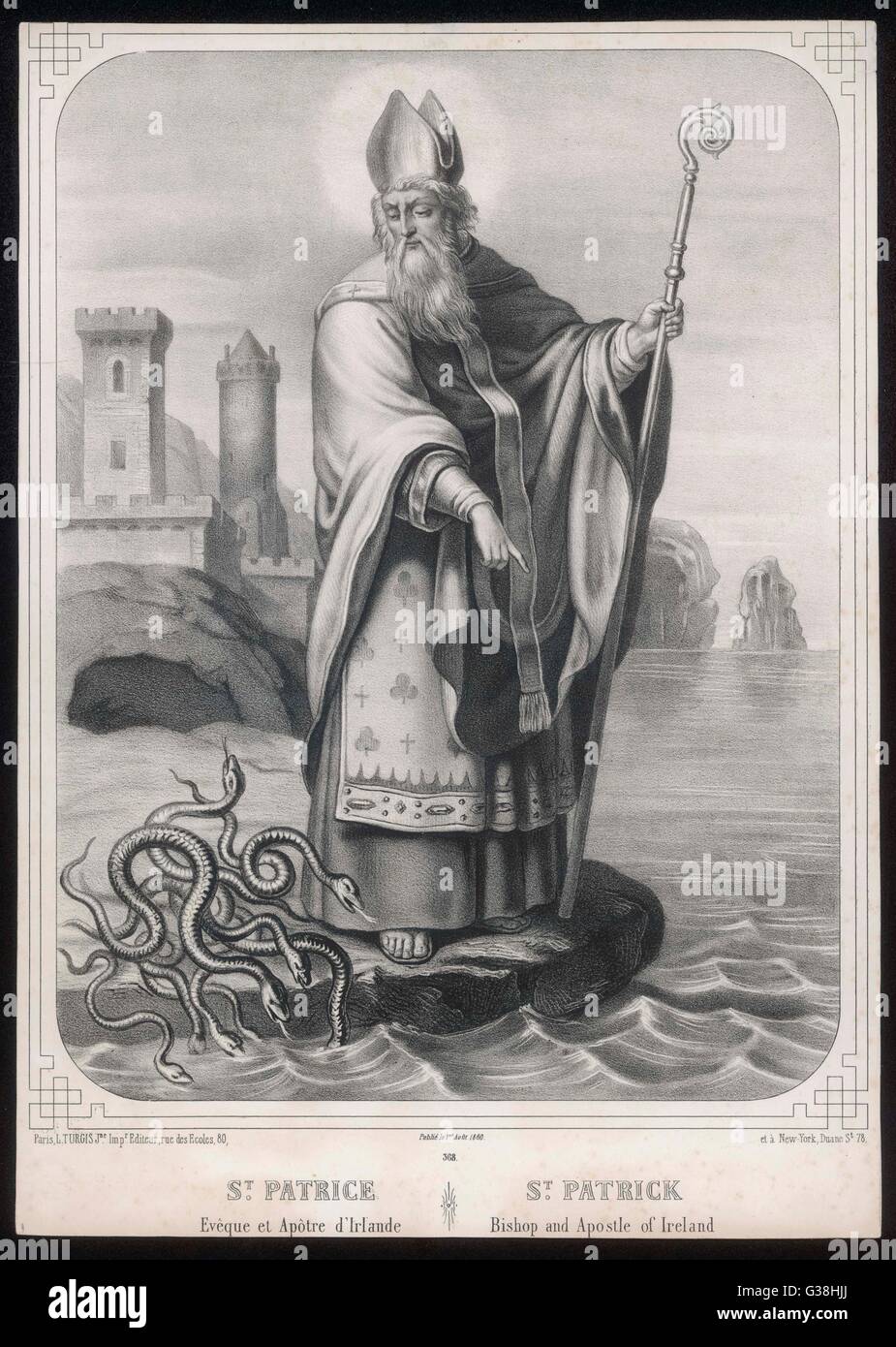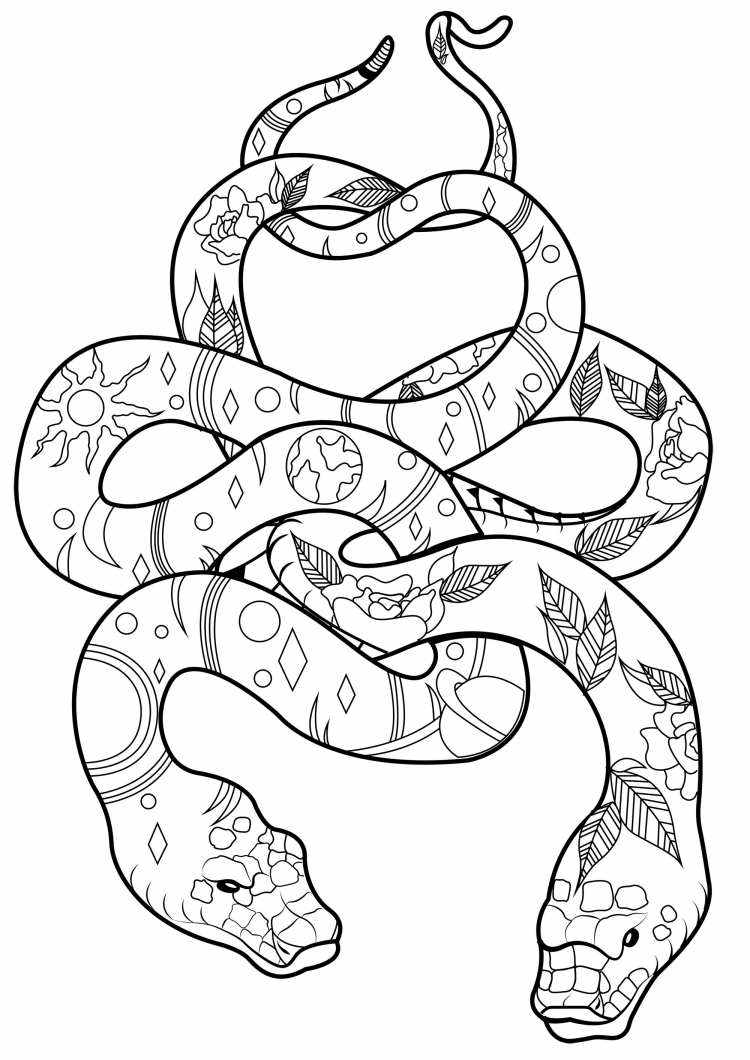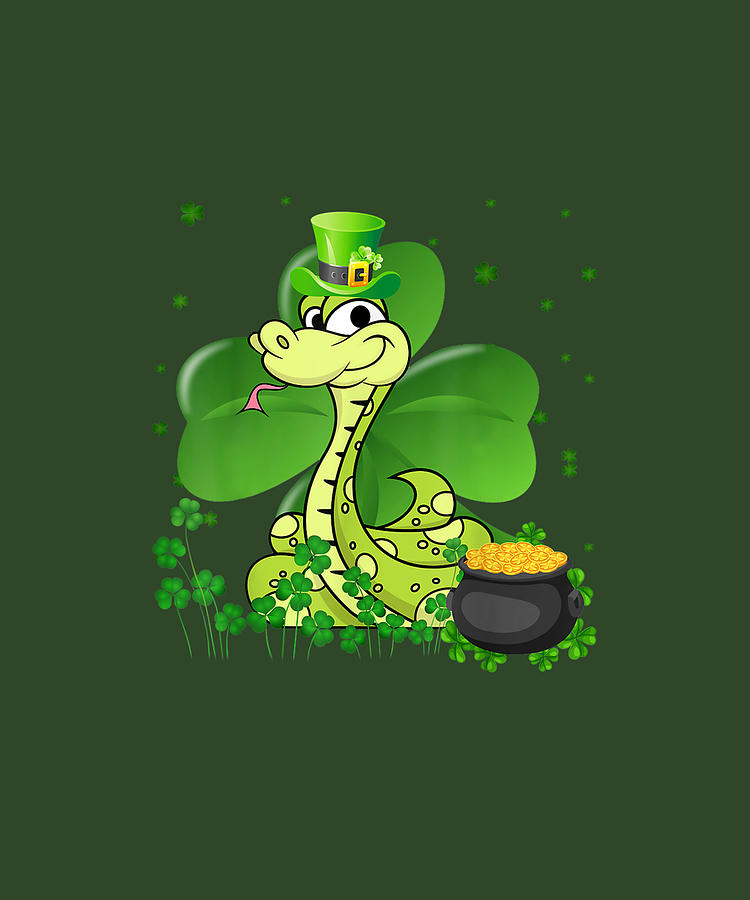Gallery
Photos from events, contest for the best costume, videos from master classes.
 |  |
 |  |
 |  |
 |  |
 |  |
 |  |
The Best Irish Songs And The Best Irish Films Of All Time For Paddy’s Day; 8 Ways That We Celebrate St. Patrick’s Day In Ireland; The Most Notable St. Patrick’s Day Traditions In Ireland; 17 Tasty St. Patrick’s Day Cocktails To Whip Up At Home; How To Say Happy St. Patrick’s Day In Irish; 5 St. Patrick’s Day Prayers And Blessings However, as captivating as this story may be, it’s essential to delve deeper into history and science to unravel the myth surrounding St. Patrick and snakes. The legend goes that during a 40-day fast on top of a hill, St. Patrick was attacked by snakes. In response, he chased all of them into the sea, freeing Ireland from these slithering What is St Patrick's Day? St Patrick's Day is a religious holiday that celebrates the life of Ireland's patron saint, St Patrick. It is believed to be the day that St Patrick died in the 5th century. In Ireland, every St Patrick's Day, communities from Belfast to Cork on this national holiday celebrate the patron saint of Ireland through a The snake has always represented transformation, healing, and rebirth—even in ancient Irish myth. To drive out the snake was to drive out fear, superstition, and tribalism—and replace it with a faith built on unity, renewal, and grace. St. Patrick’s myth is not about biology—it’s about symbolism that outlasts bone and skin. Whether you credit him with banishing snakes, bringing Christianity or giving us a bank holiday weekend, St Patrick's Day is undoubtedly an excellent chance to celebrate our small country. It’s a story that has been passed down through generations, becoming an integral part of Irish identity and celebrated annually on St. Patrick’s Day. Frequently Asked Questions (FAQs) About St. Patrick and the Snakes 1. Was St. Patrick Irish? Actually, no. St. Patrick was born in Roman Britain, likely in Scotland. Every St Patrick's Day, we see the same motifs of Irishness: flags, pints, and lots of green. Then there are those that stem from legends surrounding the saint himself: shamrocks and snakes. Most know that the shamrock symbol comes from the story that St Patrick used the plant's leaves to explain the Holy Trinity to the pagan Irish. 139 Likes, TikTok video from DundalkCreditUnionLtd (@dundalk_cu): “Discover the humorous side of St. Patrick's Day in Dundalk. Join us as we call out the snakes in a fun-filled parade! #stpatricksday #parade #snakes #Dundalk”. St. Patrick’s Day has changed substantially over the years since its founding in the 1600s. Stemming from traditions heavily rooted in religion, St. Patrick’s Day originated on March 17th to celebrate St. Patrick, the Patron Saint of Ireland and Engineers, who was renowned for spreading Christianity throughout Ireland and whose legend has become deeply intertwined [] St. Patrick’s Day is a global celebration of Irish culture that takes place annually on March 17, the anniversary of the patron saint of Ireland's death in the fifth century. The holiday has Did St. Patrick banish the snakes from Ireland? Learn the truth behind the legend and how climate, geography and culture shaped Ireland's snake-free status. The Hidden Symbolism of Snakes in Celtic Lore on St. Patrick’s Day. Let’s be honest: St. Patrick’s Day is all about green beer, shamrocks, and people pinching you for not wearing enough green. But beyond the rowdy parades and rivers dyed an unnatural shade of emerald, there’s a hidden, ancient symbol writhing beneath the surface—snakes. St. Patrick's Day, which is celebrated worldwide on March 17, honors St. Patrick, the Christian missionary who supposedly rid Ireland of snakes during the fifth century A.D.. According to legend If caught, they would have to grant three wishes in order to gain their freedom. Leprechauns became the most famous of the Celtic fairies and are thus closely associated with Ireland and St. Patrick’s Day today. 9. The First St. Patrick’s Day Parade was in the United States A modern-day St. Patrick’s Day parade in New York City. Source Records show that a St. Patrick’s Day parade was held on March 17, 1601, in a Spanish colony in what is now St. Augustine, Florida. The parade and a St. Patrick’s Day celebration a year The legend of St. Patrick ridding Ireland of snakes in the 5th century is a fascinating tale enticing both foreigners and residents. During an attempt to fast for 40 days, the saint was attacked by a group of snakes. If you feel drawn to honouring Ireland’s pre-Christian traditions, here are some ways to reclaim the spirit of the “snakes” this St. Patrick’s Day: Celebrate the Land: Instead of focusing solely on a saint, use the day to reconnect with nature. Take a walk in a sacred place, leave an offering to the spirits of the land, or plant The first St. Patrick's Day Parade actually took place in Boston, Massachusetts, back in 1737; the city is known for its high percentage of residents who claim an Irish ancestry. However, some modern Pagans refuse to observe a day which honors the elimination of an old religion in favor of a new one. St. Patrick’s Day, celebrated on March 17 each year, is known for its parades, shamrocks, and a whole lot of green. It’s a day when people around the world embrace Irish culture — whether they have Irish heritage or not. But behind all the revelry, St. Patrick’s Day has a deep and fascinating history that goes far beyond the modern celebrations. Some of the traditions we associate with How St. Patrick’s Day Began After his death on March 17th, 461 AD , Patrick became Ireland’s patron saint , and his legacy lived on. Over time, people honoured him with feasts and celebrations , and what started as a religious holiday eventually became the global celebration of Irish culture we know today!
Articles and news, personal stories, interviews with experts.
Photos from events, contest for the best costume, videos from master classes.
 |  |
 |  |
 |  |
 |  |
 |  |
 |  |